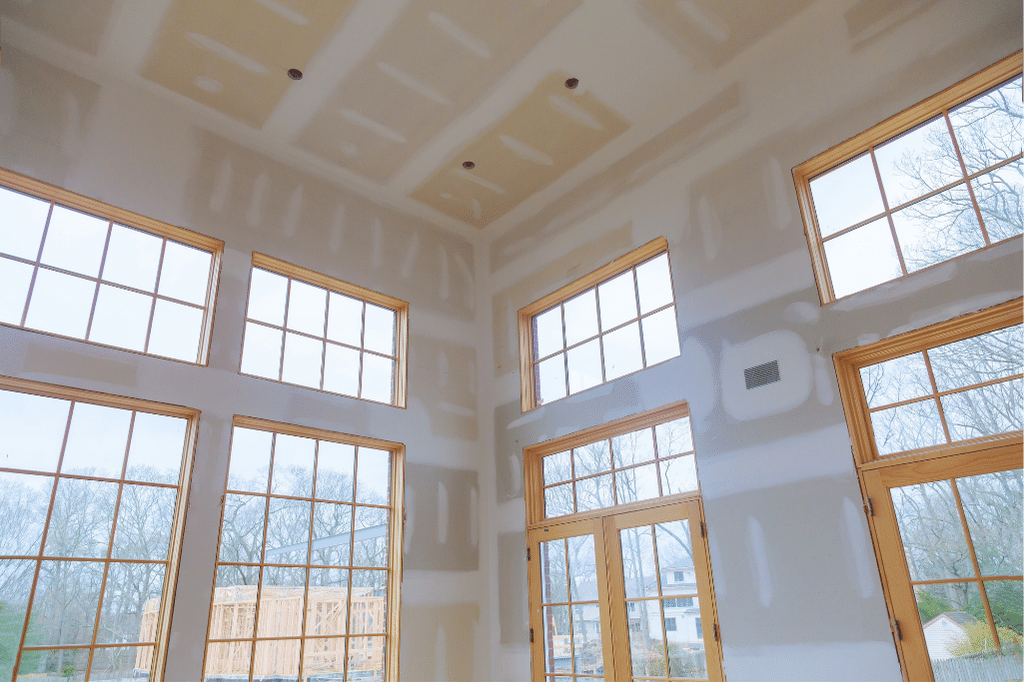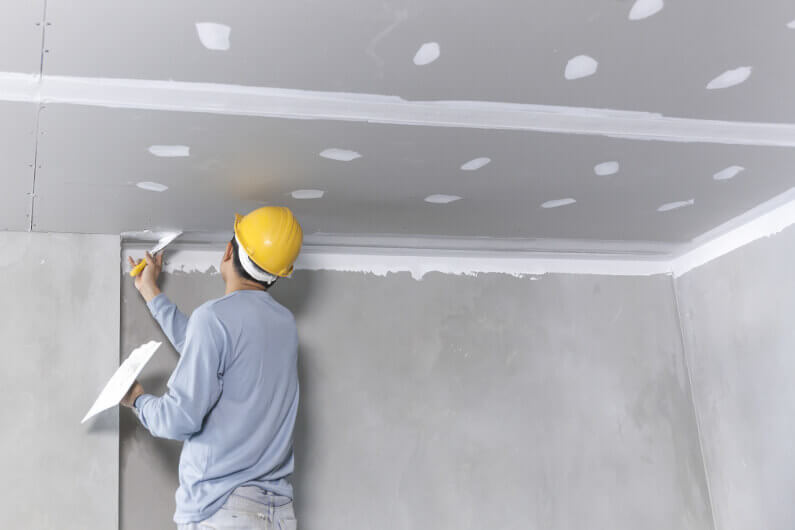High Quality Drywall Installation That Transforms Your Interiors
High Quality Drywall Installation That Transforms Your Interiors
Blog Article
Full Overview to Reliable and reliable Drywall Installment
Drywall setup is a crucial part of any construction or restoration project, requiring a meticulous technique to make certain both effectiveness and integrity. It is vital to discover the nuances of each action in the procedure, as they jointly contribute to the general success of the drywall installment.
Important Tools for Drywalling
When starting a drywall installation project, having the right devices is critical for accomplishing a professional surface. Crucial tools include a drywall blade, measuring tape, and a T-square, which are fundamental for exact dimensions and smooth cuts. A drywall lift is also highly useful, especially for ceiling setups, enabling for less complicated handling of hefty panels.
For fastening the drywall, a cordless drill and drywall screws are necessary. The drill ought to be furnished with a drywall little bit to make certain performance and accuracy. In addition, a key tool is the drywall saw, which helps with cutting around various other barriers and electric outlets.

Additionally, protective gear such as shatterproof glass and a dust mask are vital to ensure individual safety and security throughout the installment process. Utilizing the right devices not just enhances the top quality of the installment however also streamlines the operations, making the project more reliable general.
Preparing the Space

Following, assess the problem of the walls and ceilings. Repair any existing damages, such as openings, fractures, or peeling off paint, to ensure a smooth and also surface for drywall application. Furthermore, look for electric outlets, pipes lines, and cooling and heating ducts, noting their locations to prevent complications throughout setup.
It is also essential to measure the room properly, determining the measurements of the ceilings and walls to determine the appropriate quantity of drywall required. Create an in-depth strategy that includes the layout and alignment of the drywall panels.
Installation Methods
Efficient setup methods are vital for attaining a specialist finish in drywall projects. Proper measurement and click to find out more cutting of drywall sheets are basic actions.
When hanging drywall, begin from the leading and job downward, making certain that the lengthy edge of the board is vertical to the framework. Protect the sheets with screws as opposed to nails, which offer higher holding power and decrease the threat of popping. Place screws every 12 inches along the edges and every 16 inches in the area of the board.
For edges, make use of edge beads to achieve sharp, clean edges. When installing on ceilings, use a drywall lift or have a partner aid in holding the sheets in position (drywall installation). Maintain a gap of YOURURL.com regarding 1/4 inch over the floor and ceiling to accommodate expansion and tightening
Completing Touches

Begin by using joint tape over the seams. This can be either paper or fiberglass mesh tape, with paper being favored for its toughness. When the tape remains in location, it's time to use the first coat of joint substance, also referred to as mud. Make use of a 10 to 12-inch taping knife to spread out the substance equally over the taped helpful resources joints, feathering the edges to mix with the bordering drywall.
Enable the compound to dry thoroughly, generally 1 day. After drying out, sand the surface area gently with fine-grit sandpaper to eliminate any type of blemishes. drywall contractor. Repeat the mudding and fining sand process, generally 2 to 3 layers, making certain each layer is flush and smooth with the drywall surface
Usual Blunders to Prevent
Several DIY lovers come across risks during drywall installment that can jeopardize the outcomes. One typical blunder is falling short to effectively reduce and gauge drywall sheets. Unreliable cuts can bring about gaps and uneven seams, making completing more labor-intensive. Furthermore, disregarding to stagger joints can create weak points in the wall, leading to possible cracking or sagging in time.
Another frequent error is inappropriate attachment. Making use of as well few screws or nails can bring about loose drywall, while overdriving fasteners can cause the paper to tear, weakening the framework. It's crucial to preserve regular spacing, normally every 16 inches, and to make sure that fasteners are flush with the surface.
Moreover, not resolving moisture issues prior to setup can result in mold and mildew development and structural damages. Constantly evaluate the environment and usage moisture-resistant drywall in high-humidity areas.
Verdict
Reliable and reputable drywall installation requires careful attention to detail throughout the process. Avoiding typical mistakes further contributes to a specialist outcome, emphasizing the significance of precision and method in effective drywall jobs.
It is essential to explore the nuances of each step in the process, as they jointly add to the total success of the drywall setup.When beginning on a drywall setup project, having the right devices is critical for achieving a professional finish.For fastening the drywall, a cordless drill and drywall screws are necessary.Properly preparing the area is essential for an effective drywall installment.Reliable installment strategies are important for achieving a professional finish in drywall projects.
Report this page